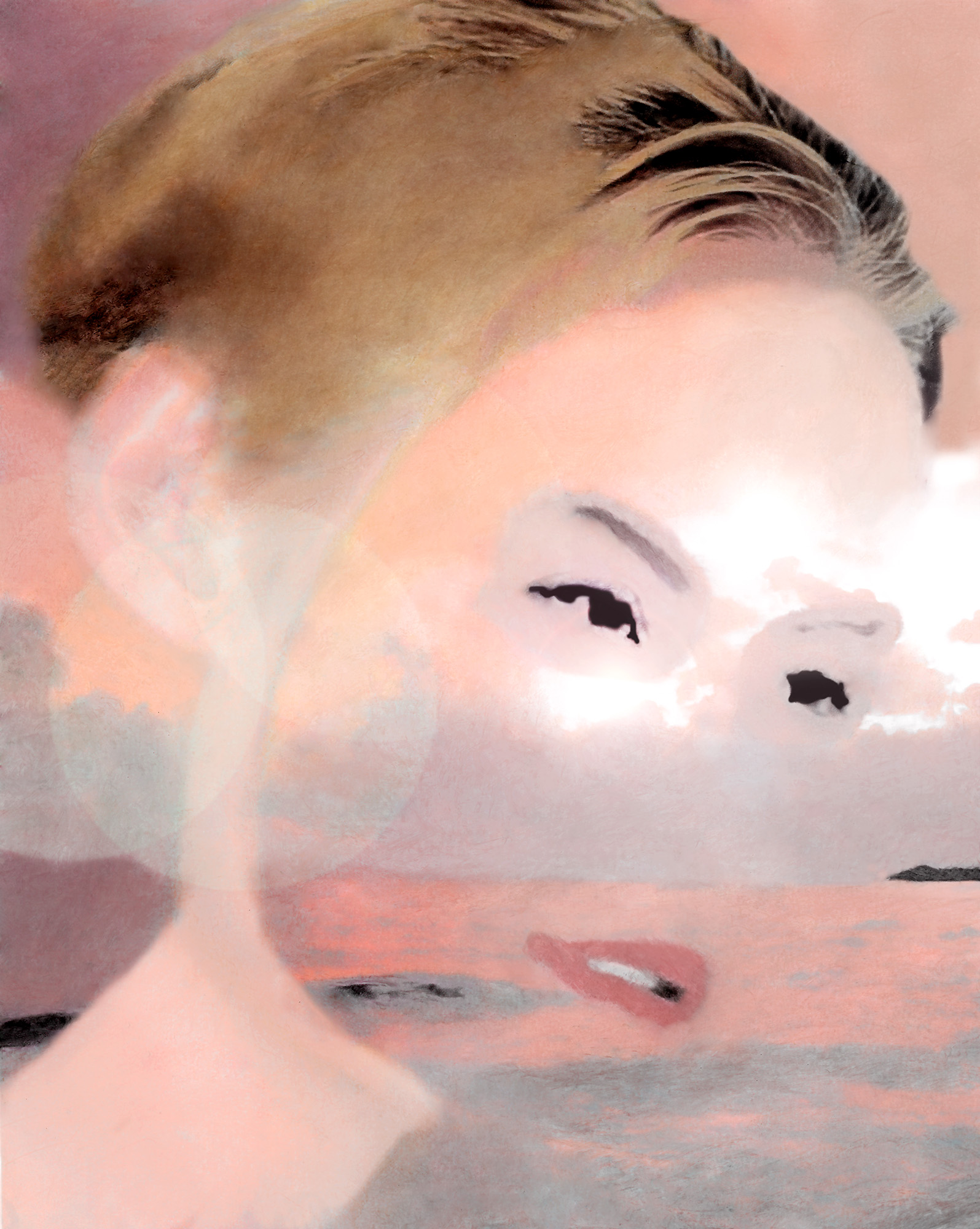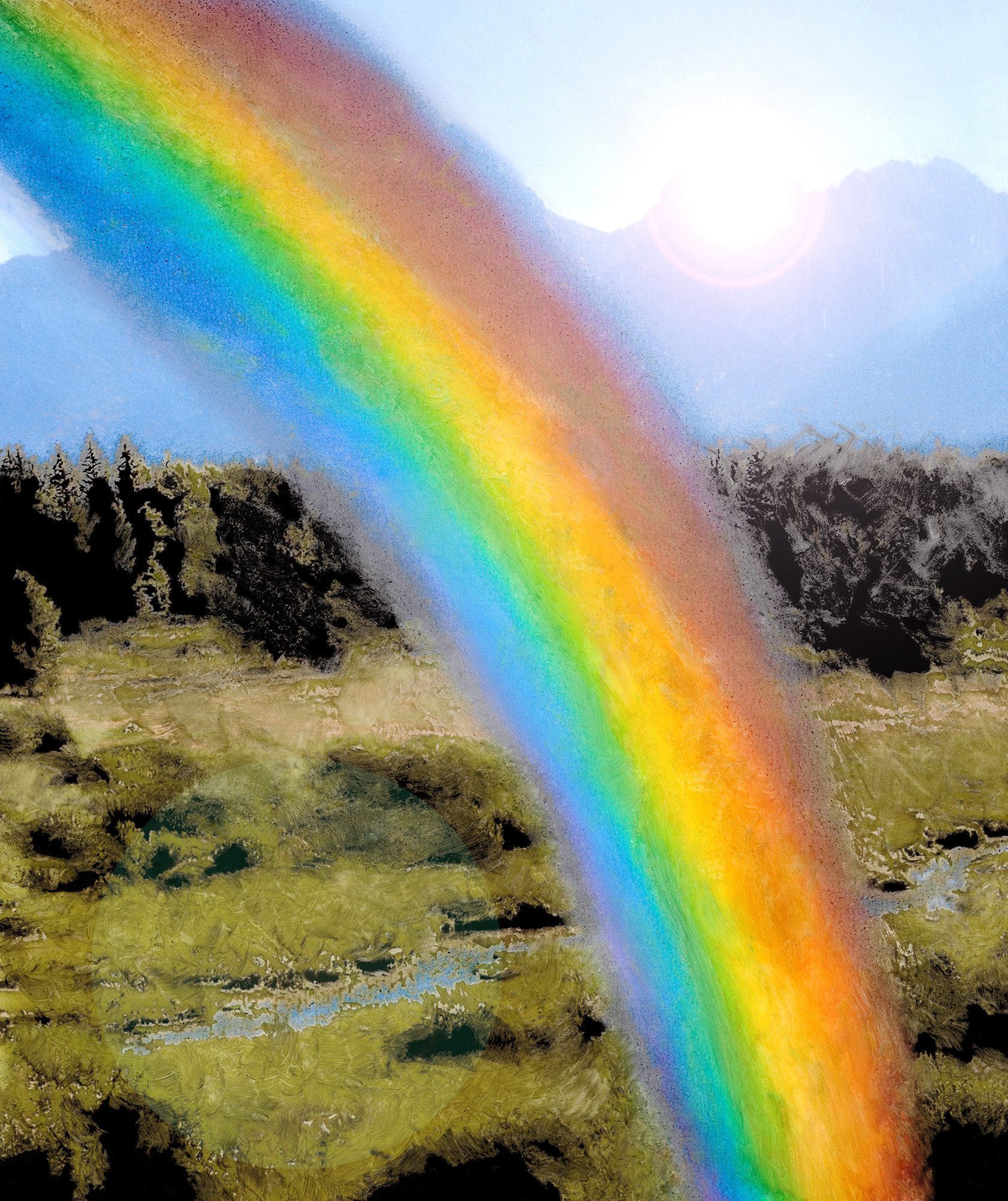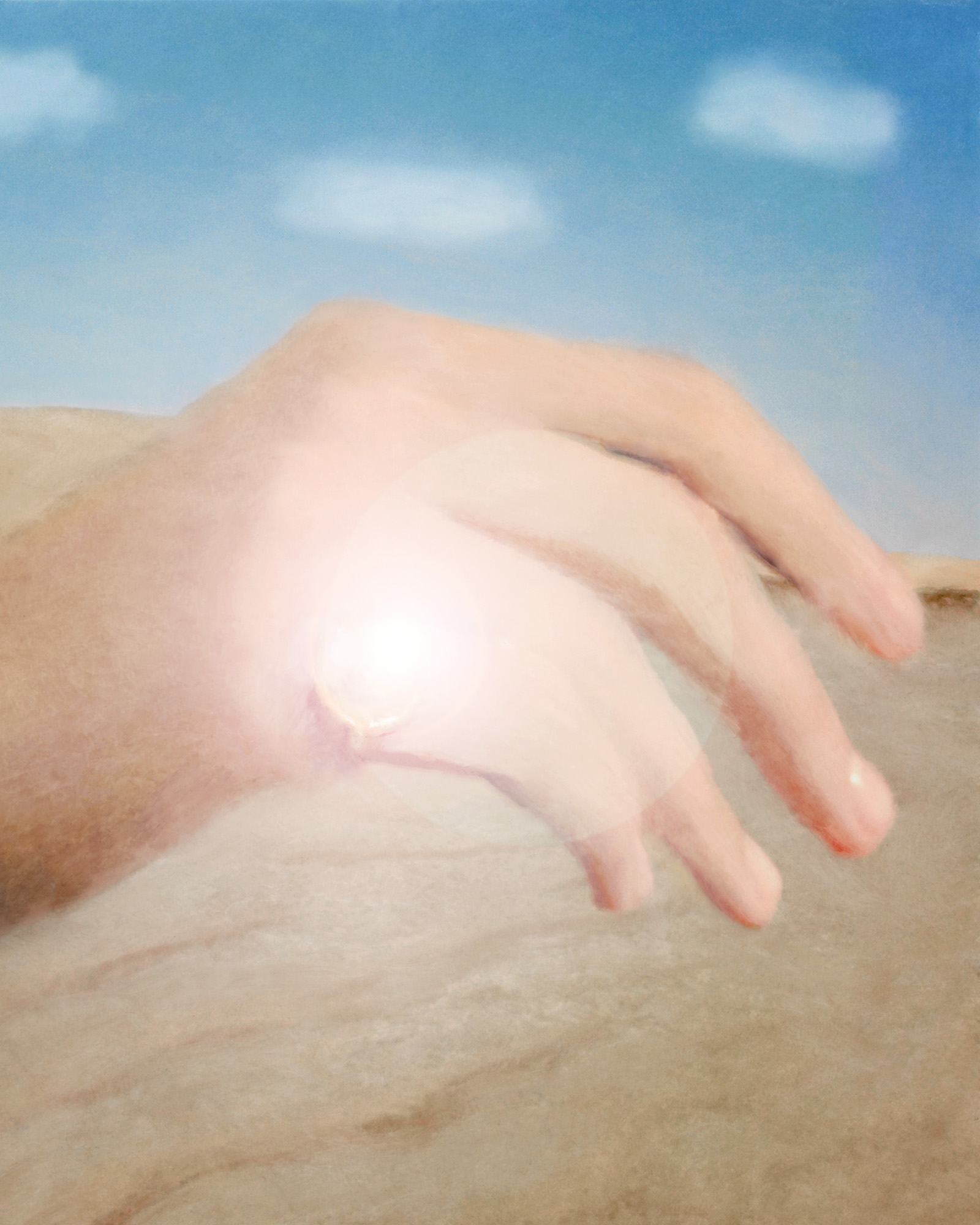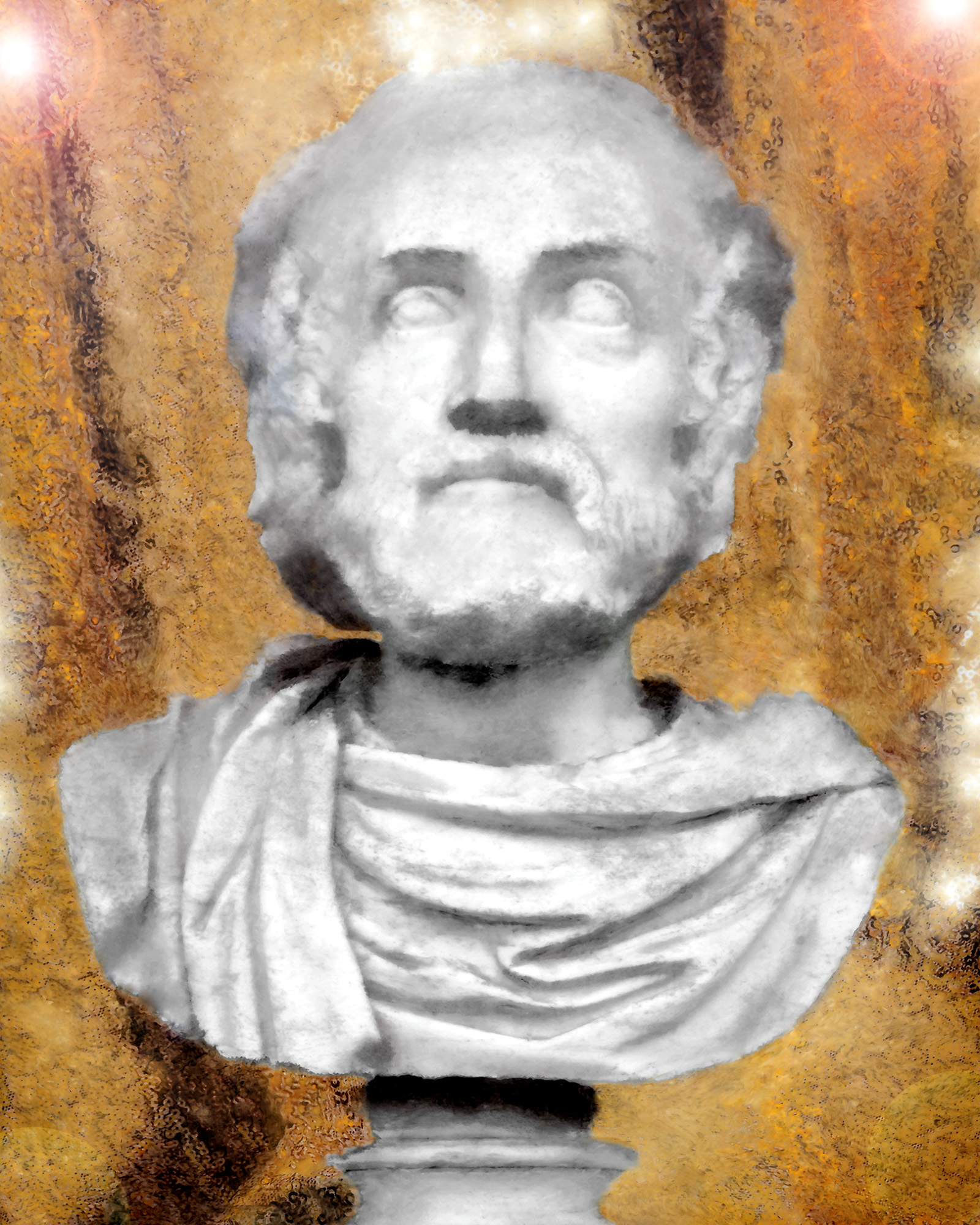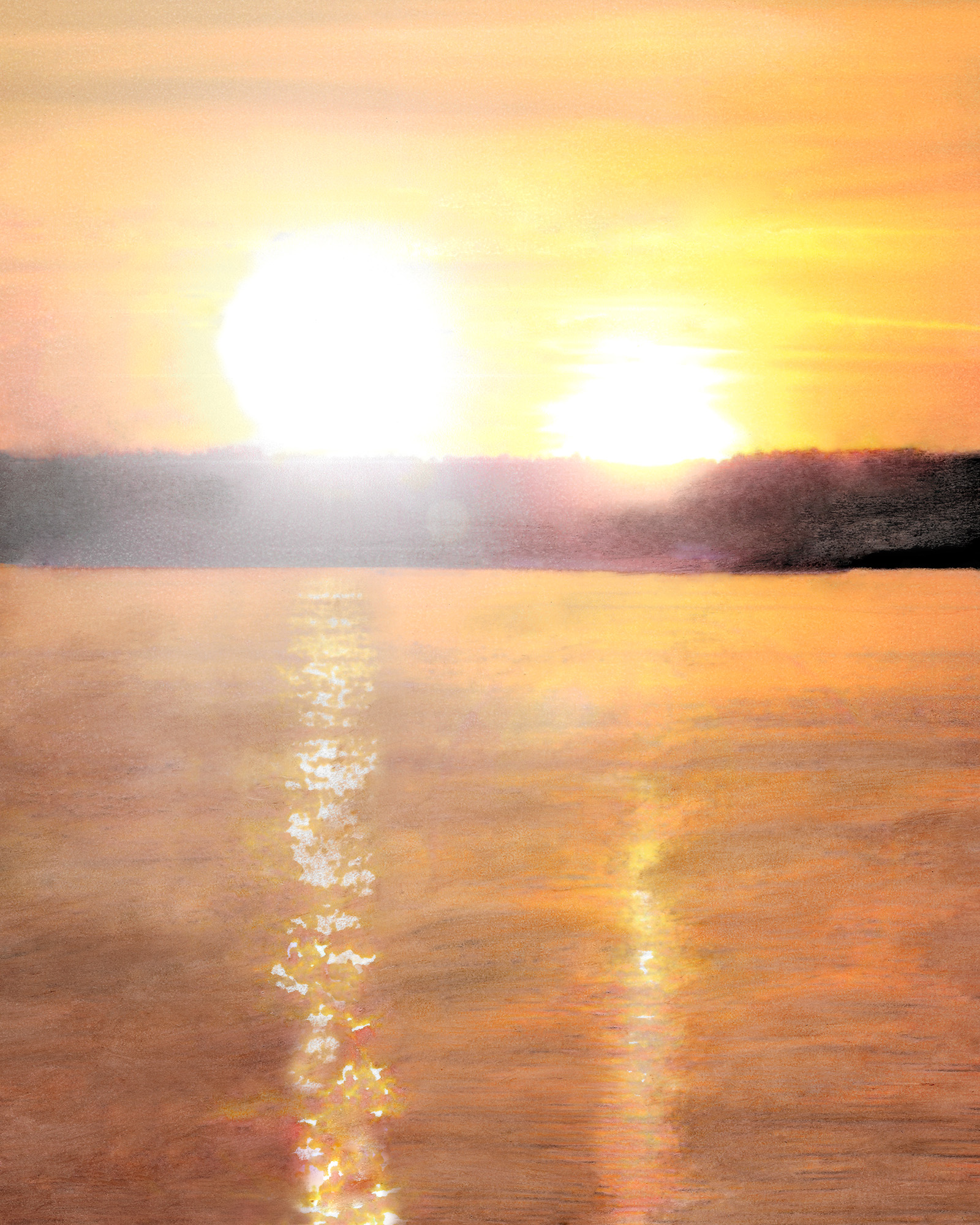Drawing on T.S. Eliot’s landmark poem, The Waste Land, Gregory Eddi Jones’ latest publication takes stock photographs as a starting point to push the boundaries of what photography can be
“I have my own personal theory of photography,” says Gregory Eddi Jones. “Most pictures that anybody makes – amateur or professional – is an active pursuit of a paradise.” Jones’ latest book-project, for which he is currently raising funds to publish with SPBH Editions, speaks to this idea. “Pictures we see on a regular basis are cleaner, more orderly, and more beautiful than our lived experience. Just about all photography is a pursuit of this utopian ideal,” he says. “Promise Land comes from that thought – that this act of creating a promise is inherent in photography.”
Jones’ images appear painterly however they are actually appropriated from stock photographs, video stills and advertising, and created through several digital and physical transformations. “Actively destroying images and remaking them is almost a way of counteracting that sense of promise, and trying to make something more realistic, even though the pictures are so steeped in fantasy,” he explains. First, Jones combines and edits the images in Photoshop, before printing them onto non-absorbent paper and letting the colours bleed. Once dry, Jones scans and re-edits the work on a computer.
“Sequencing photographs is very much like creating poetry. You’re trying to find structure, you’re rhyming pictures, you’re creating these lines of continuity and establishing a flow.”
In Promise Land, Jones further counters these utopian ideals through his references to T.S. Eliot’s The Waste Land. “[The poem] is a bottomless well,” says Jones, who has read and listened to it “dozens of times” since he began making the work three years ago. The artist felt a kinship with the poem, which was written in 1922 near the end of the First World War and the Spanish flu pandemic. “Europe was in ruins [after the First World War]…. Out of that rubble, I feel like the poem is a search for meaning,” he explains. “It speaks to the world that we’re living through [today], where things don’t seem to make any sense, and defy any kind of reasonable rationale.”
Jones’ book is due to be published in this autumn, 100 years after Eliot wrote The Waste Land. It borrows elements from its structure – five sections with distinct sequencing and rhythms – and fragmented form, through the use of collage. And, in the same way that Eliot alludes to mythology and the work of other writers, Jones pulls elements from different sources. “The process of binding them into a singular language gave me a lot of latitude to mix-and-match images and create different narratives,” he says. “Sequencing photographs is very much like creating poetry. You’re trying to find structure, you’re rhyming pictures, you’re creating these lines of continuity and establishing a flow.”
Although Jones’ process is rooted in photographic techniques, the image-maker has not used a camera creatively in around eight years. “I learned a long time ago that the camera wasn’t the right tool for the pictures that I wanted to make,” he says. His 2014 series, Another Twenty-Six Gas Stations, pays homage to Edward Ruscha’s 1968 publication Twentysix Gasoline Stations through screen-grabs from surveillance footage captured at gas stations and uploaded to YouTube. Two years later, in 2016, Jones created a series of digital collages ahead of Trump’s inauguration. These were inspired by the Dada movement and its tradition of borrowing images from mass media to create political commentary. “The common thread is that I like to look back to these old artistic traditions or conversations and try to renew them,” says Jones. “The projects are all rooted in appropriations. I’m interested in using common cultural images and trying to decode them, or look for the politics inside of them.”
In the case of Promise Land, these common images are stock photographs. “Stock photographs themselves are fascinating to me… There’s a relationship between stock photography and mythology, because they both present common stories of human experience,” he says. “As much as people in our community like to snicker and make fun of how basic they are… I feel like they play a vital role in culture and society.” Ultimately, it circles back to Jones’ idea of photography and the pursuit of paradise. Stock photographs are democratic, existing almost as a mirror of our common cultural experiences. In reframing these and drawing on Eliot’s poetry, Jones channels the mood of our post-truth world, and in turn challenges the utopian ideals inherent in the medium.
Gregory Eddi Jones is currently raising funds to publish Promise Land, with SPBH editions. Access the kickstarter here.

